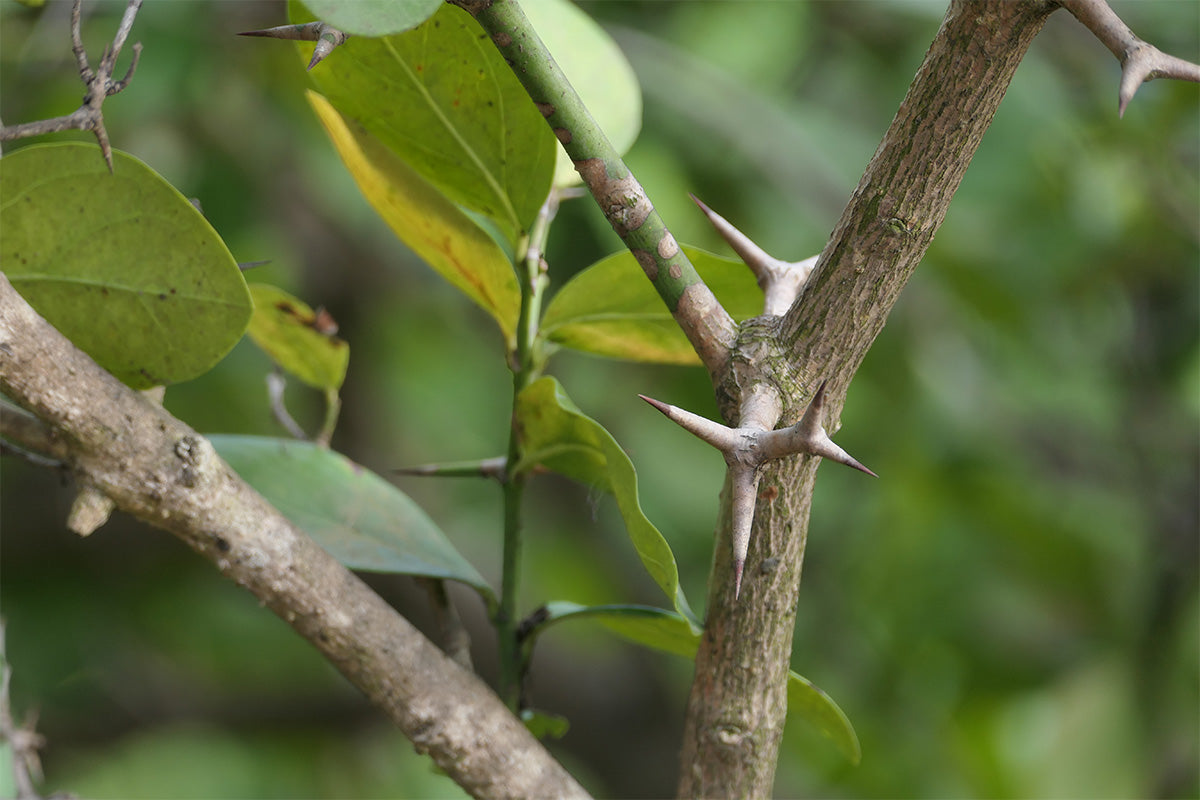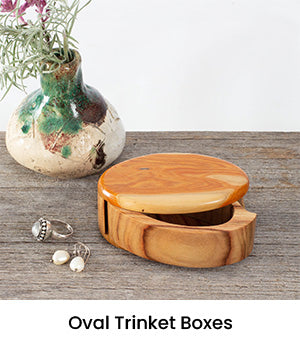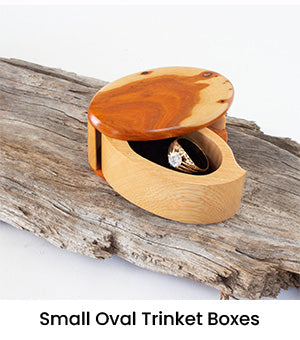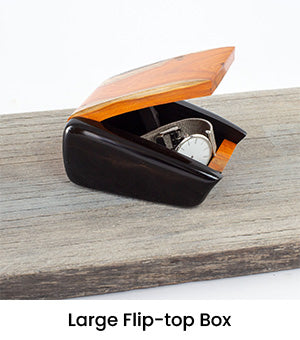Conkerberry, the little known Gem of Native Timbers

Diverse Distribution and Names
Carissa spinarum, commonly known as Conkerberry, is a large shrub found in tropical regions across Africa, southern Asia, Australia, and various Indian Ocean islands. While it's most recognized in Australia, where it's called currant bush or native currant, it also goes by different names in other regions. In India, for example, it's referred to as wild karanda or wild karavanda. The plant's versatility in names reflects its adaptability and widespread presence in diverse ecological settings.
Physical Characteristics
The Conkerberry grows as a multi-stemmed shrub that can reach heights of 0.5 to 3 meters. It features glossy green, narrow, ovate to lanceolate leaves that are about 1-5 cm in length. The shrub is also characterized by its thorns, which can be up to 3 cm long, and white, star-shaped flowers. These flowers eventually give way to ovate green berries, which ripen to a dark purple or black hue.
Ecological Role and Habitat
Found predominantly in semi-arid coastal regions, Carissa spinarum thrives on fine-textured soils like clays and clay loams. However, it exhibits high ecological tolerance and can survive in a range of habitats, from coastal rainforests to open eucalypt savannas. In Australia, it's often associated with various eucalyptus species and can adapt to regions receiving annual rainfall between less than 700 mm to more than 900 mm. This adaptability underscores the plant's resilience and ecological importance.
Edibility and Toxicity
Conkerberries are edible and enjoyed for their sweet flavour when fully ripe. However, the milky sap of the plant, as well as its unripe fruit, is toxic. The contrast between its edibility and toxicity highlights the plant's dual nature and the importance of traditional knowledge in its use.
Culinary and Medicinal Uses
In indigenous Australian communities, Conkerberry is a valued 'bush tucker' food. The ripe fruits are not only consumed for their taste but also for their nutritional benefits. Similarly, in Kenya, the Maasai people utilize parts of the plant medicinally to alleviate joint and muscle pain. Recent studies have even suggested that extracts from the fruit possess antioxidant and antidiabetic properties, hinting at its potential in natural medicine.
Wildlife Significance
Beyond human use, Carissa spinarum plays a crucial role in its ecosystem, providing sustenance for a variety of wildlife. Australian birds, such as the emu and Australian bustard, love its fruits, and its leaves are a favourite snack for butterflies and moths. This mutual reliance shows how vital the plant is for the variety of life in its ecosystem.
Agricultural and Environmental Impact
While Conkerberry is celebrated for its uses, it can also pose challenges in agricultural settings. In northern Australia, for example, it can become a weed, interfering with grazing land and reducing forage for livestock. However, its rapid growth and dense foliage have been exploited in restoration projects to recreate habitats for small birds in disturbed dry rainforest areas, demonstrating its potential as an environmental asset.
Taxonomical Complexity and Synonyms
Carissa spinarum's taxonomical history is complex, with the plant being described under various synonyms over the years. Its wide range and adaptability have led to diverse descriptions and classifications, reflecting the ongoing exploration and understanding of this species in the botanical community. This complexity adds another layer of intrigue to the study of Conkerberry, illustrating the plant's rich botanical and ecological narrative.
Use in Woodworking
The wood of the Conkerberry is prized for its hardness and durability, making it a favoured choice for crafting small, intricate items such as handles, ornaments, and jewellery. Woodworkers value the fine grain and rich, dark colour of the wood, which can be polished to a high sheen, accentuating its natural beauty.
Here at Australian Woodwork, Conkerberry wood is transformed into exquisite pieces that highlight its unique characteristics:
- Oval Trinket Boxes: Crafted with a blend of fragrant camphor laurel and Conkerberry, these trinket boxes combine functionality with artistry. The Conkerberry lids and bases feature a distinct orange and cream colour combination, complemented by the wood's fine grain. The elegant side-swing opening mechanism and the almost invisible finger notch demonstrate the meticulous craftsmanship involved.
- Small Oval Trinket Boxes: A smaller version of the oval trinket boxes, these items maintain the same high-quality craftsmanship and aesthetic appeal. The use of Conkerberry wood adds a luxurious touch, making these boxes perfect for storing precious items like jewellery or keepsakes.
- Large Flip-Top Boxes: These larger boxes showcase the versatility and robustness of Conkerberry wood. Designed to hold larger items while still being a beautiful decorative piece, the flip-top boxes are a testament to the wood's strength and the artisan's skill in creating functional, yet visually appealing products.
In each of these products, the natural beauty and durability of Conkerberry wood are centre stage, making them not only practical items for everyday use but also works of art that celebrate the essence of Australian woodworking.
In conclusion, Carissa spinarum, or Conkerberry, is a botanical marvel that showcases nature's resilience and diversity. Its significance spans from traditional culinary and medicinal uses to ecological and environmental roles, supporting a wide array of wildlife and contributing to habitat diversity. This plant's adaptability across various landscapes underscores the importance of preserving its rich heritage and understanding its potential impact on both natural and managed ecosystems.









